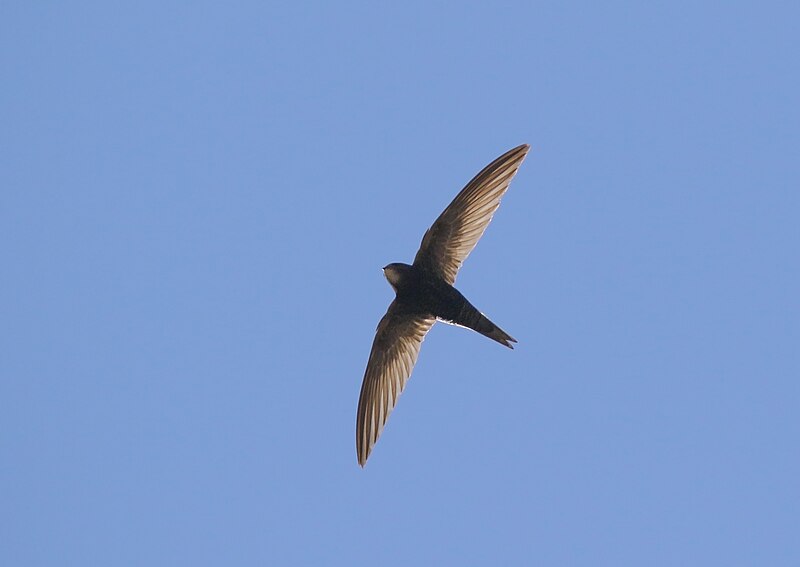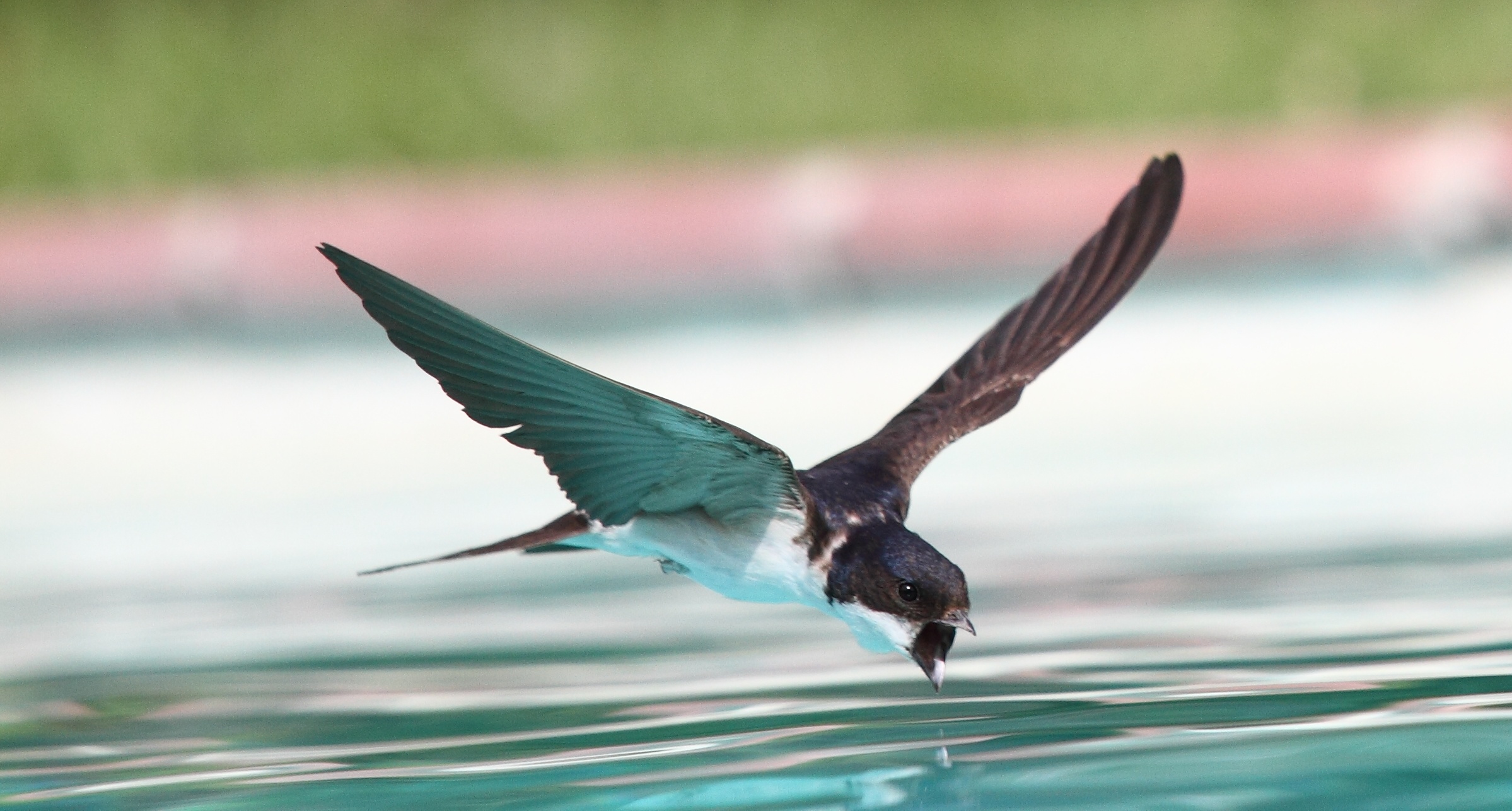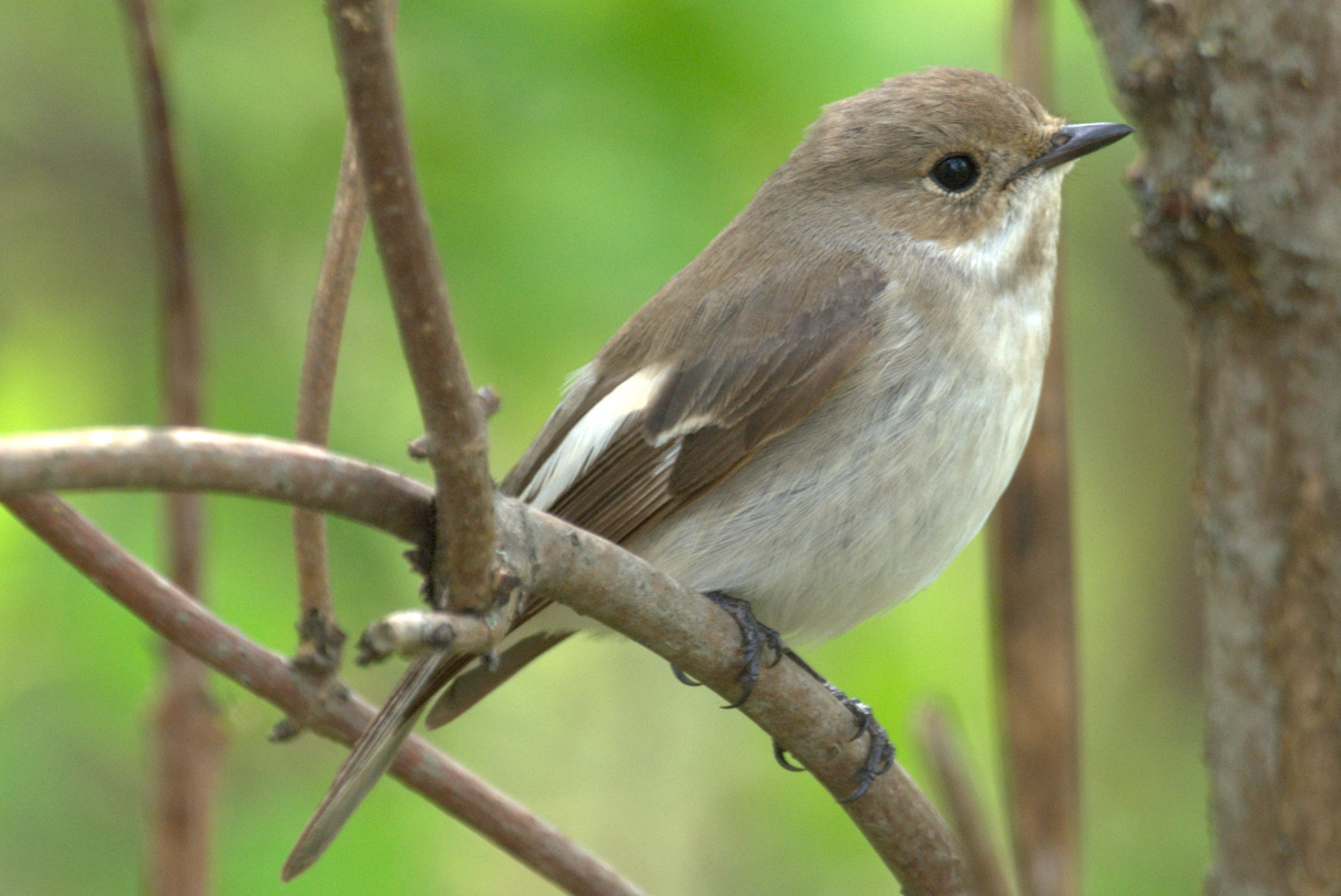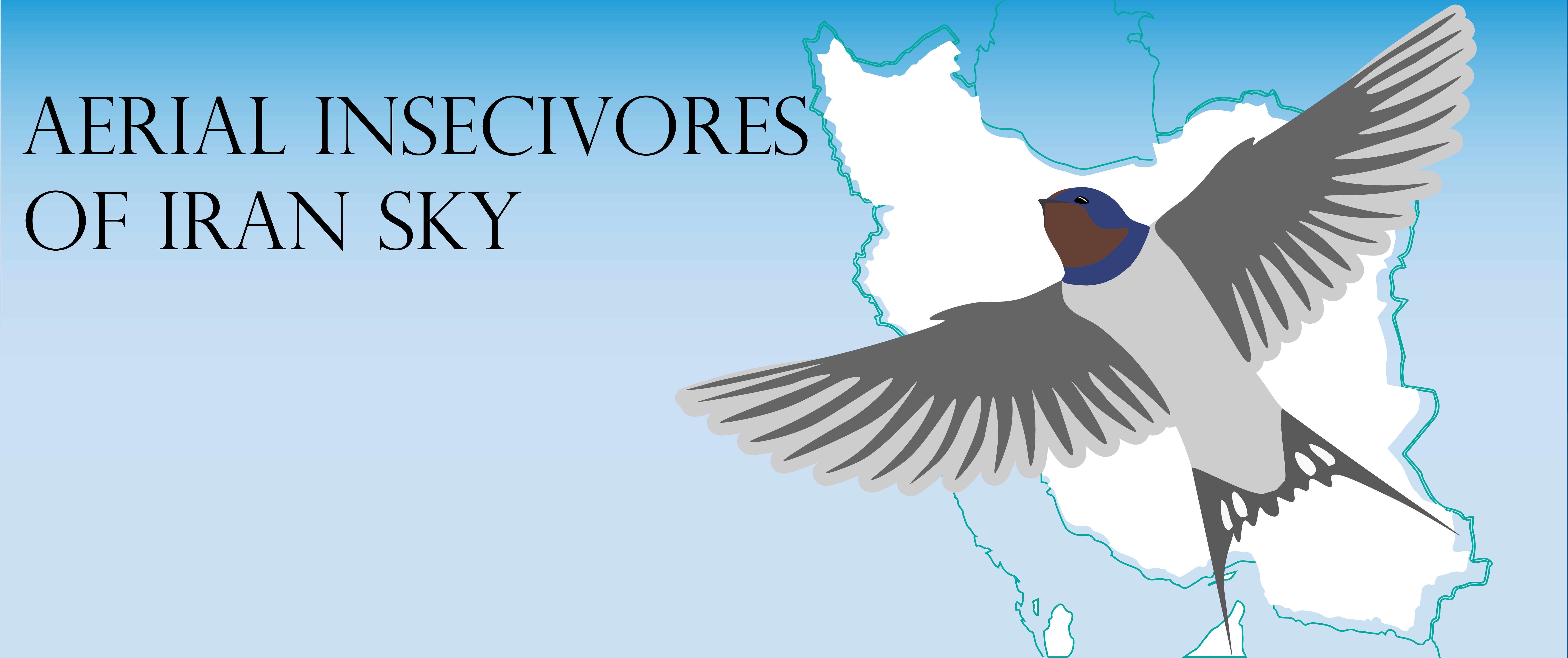Aerial Insectivores of Iran
What are they?
Aerial insectivore birds are a fascinating group of birds that have adapted to feed on insects while in flight. These birds are known for their remarkable agility and speed, which allows them to catch their prey in mid-air.
In Iran
Many of these birds are found in Iran, including Swifts, Swallows, Martins, Bee-eaters, Flycatchers and Warblers.
Population Trend
Unfortunately, the population of aerial insectivore birds worldwide is declining at an alarming rate. According to a study published in the journal Science, aerial insectivores have experienced a population decline of 53% since the 1970s. This trend is particularly concerning, as aerial insectivores are important indicators of ecosystem health.
The Conservation and threats
There are several factors that are contributing to the decline of aerial insectivore birds. Habitat loss and fragmentation are major threats, as these birds rely on intact ecosystems to find the insects they need to survive. Climate change is also playing a role, as changing weather patterns can affect insect populations and the timing of migration. Another major threat to aerial insectivores is the widespread use of pesticides. Many of these chemicals are highly toxic to insects, which can have cascading effects on the food chain. When insect populations decline, the birds that rely on them for food also suffer. To help protect aerial insectivore birds, it is important to support habitat conservation and restoration efforts. This includes preserving intact ecosystems, restoring degraded habitats, and creating protected areas where these birds can thrive. Additionally, reducing pesticide use and promoting sustainable agricultural practices can help to minimize the impact of these chemicals on insect populations. In conclusion, aerial insectivore birds are an important and fascinating group of birds that play a crucial role in maintaining ecosystem health. However, these birds are facing significant threats, including habitat loss, climate change, and pesticide use. To protect these birds and ensure their survival, it is crucial to support conservation efforts that promote habitat preservation and reduce the impact of human activities on their populations.
Birds

Swifts
Swifts are small to medium-sized birds with long, slender wings and streamlined bodies. They have a distinctive, cigar-shaped silhouette and can fly at high speeds, making them excellent aerial predators. Swifts are found in Iran from April to October and feed primarily on flying insects such as mosquitos, flies, and beetles. They are mostly migratory birds, spending their breeding season in Europe and Asia and migrating to Africa for the winter.
Go to the bird pageLast updated 3 mins ago

Swallows
Swallows are small, agile birds with pointed wings and forked tails. They are found in a variety of habitats, including open fields, forests, and wetlands. Swallows feed primarily on flying insects such as flies, mosquitos, and butterflies. They are migratory birds, spending their breeding season in Europe and Asia and migrating to Africa for the winter. In Iran, Swallows can be seen from April to October.
Go to the bird pageLast updated 3 mins ago

Martins
Martins are similar to swallows in appearance and behavior, but they are larger and more robust. They have a distinctive square-shaped tail and a broad, powerful bill. Martins are also aerial insectivores, feeding primarily on flying insects such as mosquitos, flies, and dragonflies. They are migratory birds, spending their breeding season in Europe and Asia and migrating to Africa for the winter. In Iran, Martins can be seen from April to October.
Go to the bird pageLast updated 3 mins ago

Bee-eaters
Bee-eaters are colorful birds with long, pointed bills and slender bodies. They are known for their vibrant plumage, which often includes shades of green, blue, and yellow. Bee-eaters feed on a variety of insects, including bees, wasps, and dragonflies. They are migratory birds, spending their breeding season in Europe and Asia and migrating to Africa for the winter. In Iran, Bee-eaters can be seen from April to October.
Go to the bird pageLast updated 3 mins ago

Flycatchers
Flycatchers are small, perching birds with broad, flat bills and short legs. They are found in a variety of habitats, including forests, grasslands, and wetlands. Flycatchers feed primarily on flying insects, but they also take insects from leaves and branches. They are migratory birds, spending their breeding season in Europe and Asia and migrating to Africa for the winter. In Iran, Flycatchers can be seen from April to October.
Go to the bird pageLast updated 3 mins ago

Warblers
Warblers are small, active birds with thin, pointed bills and a wide variety of colorful plumage. They are found in a variety of habitats, including forests, shrublands, and wetlands. Warblers feed primarily on insects, including caterpillars, beetles, and flies. They are migratory birds, spending their breeding season in Europe and Asia and migrating to Africa for the winter. In Iran, Warblers can be seen from April to October.
Go to the bird pageLast updated 3 mins ago

